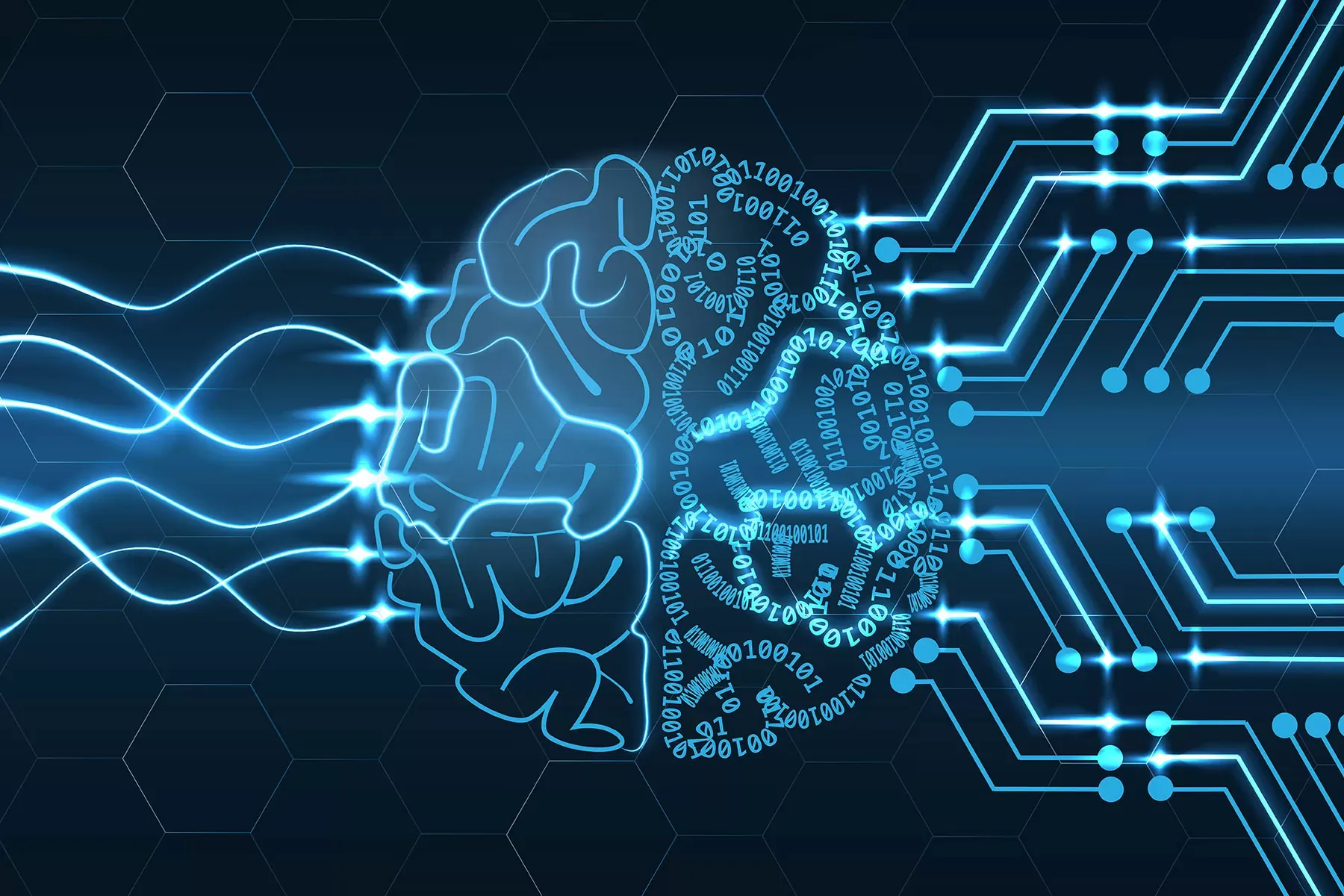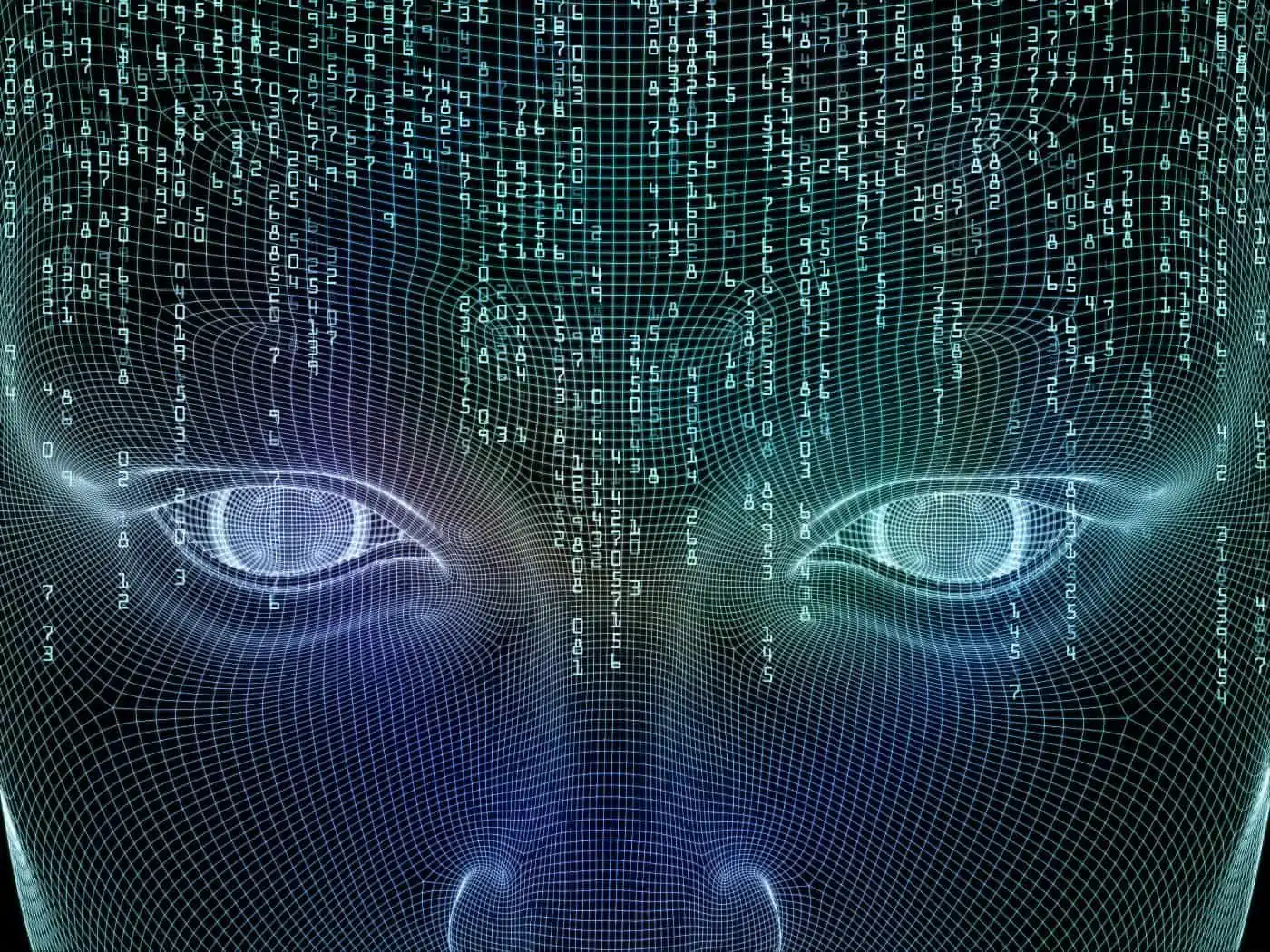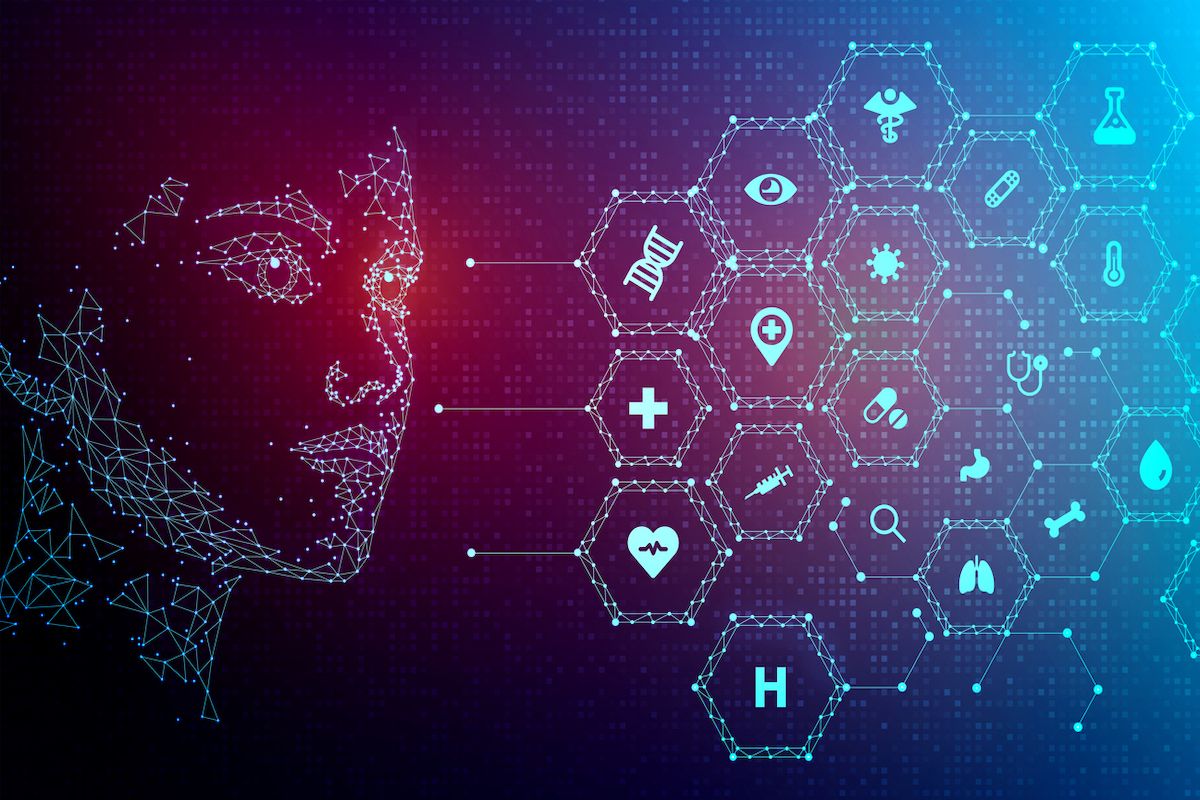AI and ChatGPT: The Driving Forces Behind the Fake News Crisis
In this article, we reveal how advanced language processing technology, such as AI text-generating apps like ChatGPT, are contributing to the fake news epidemic and its consequences for society. Don't miss this eye-opening look at the dark side of AI and fake news.

Examining the role of advanced language processing technology in the proliferation of fake news and disinformation
Are you tired of constantly being bombarded with fake news and disinformation online? Do you feel like you can't trust the information you see on the internet anymore? If so, you're not alone.
The proliferation of fake news and disinformation has become a major problem in recent years, and it seems like it's getting harder and harder to separate fact from fiction. But have you ever stopped to wonder how all of this fake news is being created in the first place?
The answer may surprise you: advanced language processing technology, such as AI text-generating apps like ChatGPT, is playing a major role in the fake news epidemic.
We already recently wrote about how people are making money with AI and AI content, but they were ethical ways - but what about the unethical ones?
In this article, we'll take a deep dive into the ways in which AI is enabling the creation of fake news and the serious consequences this has for society and the spread of misinformation.
Get ready to have your eyes opened and your mind blown as we explore the dark side of AI.

AI Text Generating Apps: The Power to Create Realistic Fake News
AI text-generating apps like ChatGPT have the ability to understand and replicate the patterns and structures of human language with remarkable accuracy. This makes it possible for them to generate highly realistic and convincing fake news stories that are difficult for readers to distinguish from genuine news articles.
The ease with which fake news can be generated has contributed to the increasing prevalence of fake news and disinformation on the internet. This is especially true in the current political climate, where fake news is often used as a tool to spread propaganda and manipulate public opinion.
Overall, the power of AI to understand and replicate human language has made the creation of fake news easier and more common, with serious consequences for society and the spread of misinformation.

AI is Not the Only Culprit: A Deeper Look at the Factors Driving the Fake News Epidemic
In today's world, wars are increasingly won or lost based on public opinion. Governments and other organizations use a variety of tactics to shape the way that people think about conflicts and issues, and public opinion can have a major impact on the outcome of these conflicts.
One way that AI is being used to influence public opinion is through the creation and dissemination of fake news and propaganda.
It is becoming increasingly difficult to find news articles that are not heavily biased. In today's media landscape, it is common for news outlets to present a particular perspective or spin on events, rather than presenting a balanced and objective view.
One example of this is the situation in Ukraine, where both sides of the conflict have been accused of presenting only half of the story and engaging in propaganda to further their own agendas. As a result, it can be challenging for readers to get a clear and accurate understanding of what is happening on the ground.
The proliferation of fake news and disinformation only exacerbates this problem, as it becomes harder to separate fact from fiction. This can lead to a situation where people are exposed to only one side of the story and are not able to make informed decisions based on a full and balanced understanding of the issues at hand.
Overall, the increasing bias and subjectivity of the news media make it difficult for readers to get a clear and accurate understanding of current events, which can have serious consequences for society and for democracy.

Disinformation: Organic Intelligence Vs. Artificial Intelligence
Disinformation has been used throughout the ages, but before Artificial Intelligence each piece had to be meticulously arranged and delivered, and news had more scrutiny.
Even so, disinformation impacted history, like what happened with these examples:
- The Gulf of Tonkin incident: In 1964, the United States government reported that its ships had been attacked by North Vietnamese forces in the Gulf of Tonkin. This incident was used as justification for the escalation of the Vietnam War. However, it was later revealed that the incident had been fabricated and that the US government had misled the public about what had happened.
- The Reichstag fire: In 1933, the Reichstag building in Germany was burned down. The Nazi party, which had recently come to power, blamed the fire on communists and used it as an excuse to crack down on political opposition. However, it is now widely believed that the fire was actually set by the Nazi party in order to justify the suppression of their opponents.
- The Zinoviev letter: In 1924, a letter purporting to be from Grigory Zinoviev, the head of the Communist International, was published in a British newspaper. The letter contained a request for the Communist Party of Great Britain to stir up revolution in Britain. The letter was later revealed to be a forgery, but it was used by the British government to attack the Labour Party and contributed to the party's defeat in the 1924 general election.
With the advent of AI and its existential questions, we are seeing a classification of disinformation.
You now have amazingly intelligent machines, powered by machine learning algorithms and impressive hardware, crafting disinformation at will and with no repercussions.
This certainly presents another challenge and will be a precursor for a lot of AI-related problems.
With all of this said and done, AI is a powerful ally to humanity, but there is always the danger of misuse lurking around the corner.
In conclusion, advanced AI like ChatGPT has made it easier and more common for fake news and disinformation to be created and disseminated. This has serious consequences for society and the spread of misinformation, as it becomes harder to differentiate between genuine and fake news.
However, it is important to note that AI is not the only factor driving the fake news epidemic.
Other factors, such as the increasing bias and subjectivity of the news media and the use of propaganda to shape public opinion, also contribute to the problem.
In order to address the issue of fake news and disinformation, it is necessary to address these underlying issues and work towards creating a more balanced and accurate media environment.
AI creates a lot of new jobs and has a lot of benefits, but we still need to be alert to challenges.
Sources:
"Fake News, Lies and Propaganda: How to Sort Fact from Fiction" by University of Michigan Library (https://guides.lib.umich.edu/fakenews)

